Motorcycles aren’t just transport in Southeast Asia—they’re essential to daily life, powering commutes, livelihoods, and entire economies.

Subscribe to our Telegram channel for instant updates!
When people in the West talk about motorcycles, they often speak in metaphors—freedom, rebellion, adventure. But in Southeast Asia, the motorcycle is stripped of all that romanticism. It’s not a metaphor or a weekend toy. It’s a workhorse. A necessity. A lifeline.
Nowhere is this clearer than in the Philippines, where motorcycle sales hit a staggering 448,000 units in just the first quarter of 2025. To put that in perspective: that’s more than the entire U.S. motorcycle market sold in all of 2023. And the Philippines is just getting started.
Daily Essential, Not a Luxury
Unlike the West, where motorcycles are often leisure machines parked more than they’re ridden, bikes in the Philippines clock hours like taxis in New York. For millions of Filipinos, motorcycles are their daily commute, their job site, their delivery service, and their family’s ride—all in one. You’ll find them weaving through gridlocked Manila traffic, carrying everything from groceries to gas tanks.
Scooters like the Honda Click, Yamaha Mio, and Suzuki Raider 150 don’t just top the sales charts—they run the country. These aren’t lifestyle purchases. They’re functional tools that offer high mileage, low maintenance, and unbeatable practicality.

The Numbers Tell the Story
According to the Federation of Asian Motorcycle Industries (FAMI), Q1 2025 saw a 10% year-on-year growth in motorcycle sales. Local production is keeping pace, with over 232,000 units assembled domestically in the first two months alone. That production is driven by five major players—Honda, Yamaha, Suzuki, Kawasaki, and India’s TVS—who collectively own about 80% of the market.
Even more impressive: these figures don’t account for premium or niche brands like BMW, KTM, or CFMoto. So the real numbers? Likely even higher.
And the Philippines isn’t an outlier. Indonesia sold over 1.1 million bikes in two months. Vietnam moved 673,000 units in Q1. This isn’t just a booming sector—it’s the heartbeat of mobility across the region.
Why It Matters Globally
Southeast Asia is not just a strong market for motorcycles—it is the market. While brands in the West wrestle with shrinking sales and ageing rider demographics, they’re thriving in Asia by supplying what the region actually needs: affordable, efficient two-wheelers.
Here, displacement ranges hover between 110cc and 155cc. These bikes can run over 50 kilometres on a litre of fuel and cost less than a new smartphone. They’re not loaded with tech or wrapped in chrome. They’re built to survive potholes, traffic jams, monsoon seasons, and years of daily use.
It’s a reality that often surprises Western riders used to associating Honda with Gold Wings or Kawasaki with ZX models. In Southeast Asia, those same brands thrive not on flagships, but on function.

Rising Demand, Rising Access
Post-pandemic economic recovery has also fueled growth. In the Philippines, auto loans—including for motorcycles—have surged over 24% this year, despite high interest rates. Credit access is improving, and with it, so is mobility. Financing a bike isn’t just a convenience; it’s a step toward financial and social independence.
The Bigger Picture
Motorcycles in Southeast Asia aren’t status symbols or adrenaline machines. They’re part of the infrastructure, like buses or subways in other countries. They get people to work, move goods, connect communities, and support entire informal economies.
As global motorcycle brands look to the future, they’d do well to shift their focus, not just to new markets, but to new mindsets. In Southeast Asia, the road ahead isn’t paved with chrome and horsepower—it’s built on reliability, fuel economy, and the everyday needs of everyday people.
Here, motorcycles don’t just represent freedom. They deliver it.





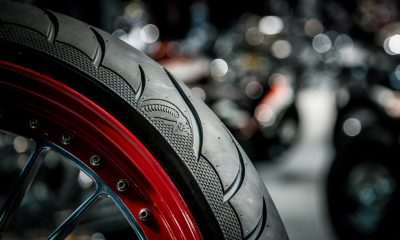
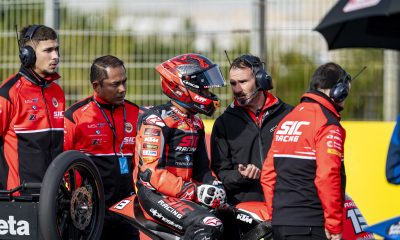
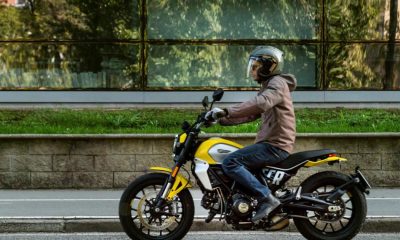

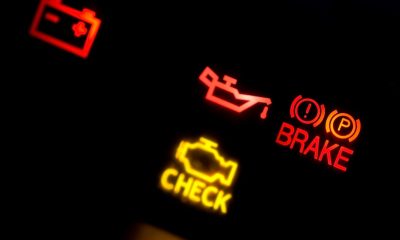

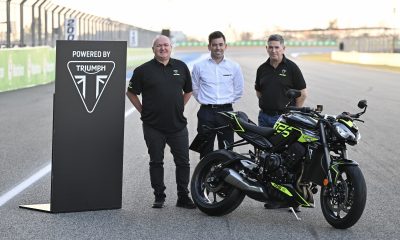
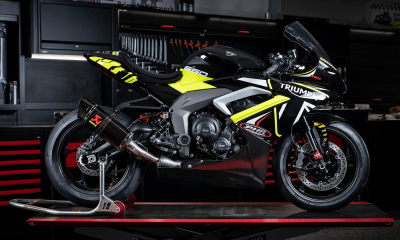


















Facebook
Instagram
X (Twitter)
YouTube
LinkedIn
RSS